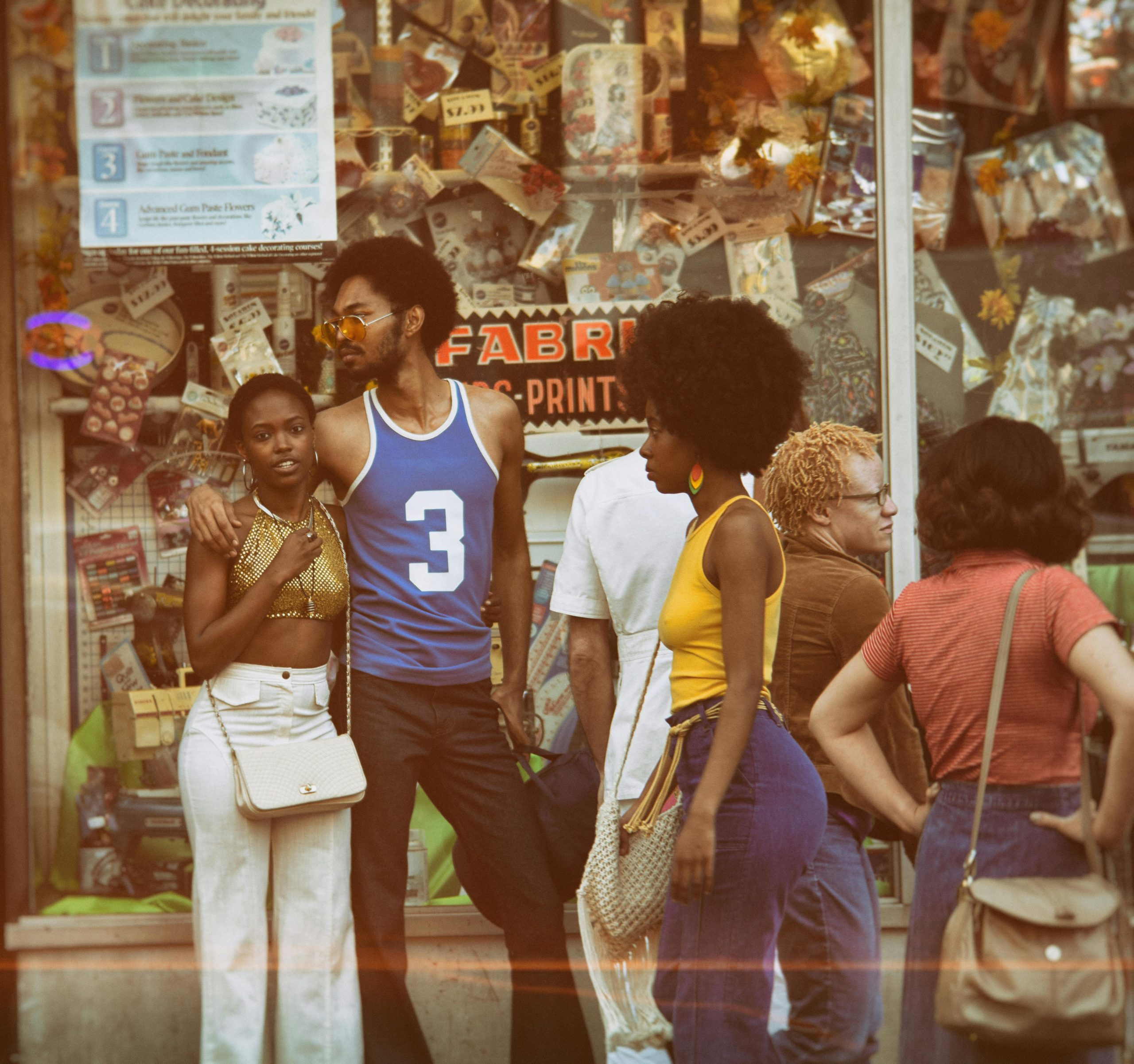Creating a Shopping Blacklist to Avoid Problem Stores
No matter how much we love to shop, there’s nothing worse than falling victim to a problem store. We’ve all been there – ordering a product online only to receive it damaged or not receiving it at all, or stepping into a brick-and-mortar store and being met with rude customer service. It’s frustrating, time-consuming, and can ultimately ruin our shopping experience. But what if there was a way to avoid these problem stores altogether? Introducing the shopping blacklist – a practical and efficient tool that can help protect your wallet and sanity. In this article, we’ll dive into exactly what a shopping blacklist is and how you can create one to avoid problem stores.
What is a Shopping Blacklist?
A shopping blacklist is a list of stores or brands that you have had poor experiences with in the past and therefore want to avoid in the future. It can be in the form of a written list, a memo on your phone, or even a mental note. Think of it as your personal warning system for problem stores.
Why You Need a Shopping Blacklist
Creating a shopping blacklist can save you a lot of time, money, and frustration. It helps you avoid making the same mistake twice and protects you from problem stores that may have a bad reputation in the market. Moreover, it allows you to make informed decisions and shop smartly by only patronizing trustworthy and reliable businesses.
How to Create a Shopping Blacklist
Now that we understand the importance of a shopping blacklist, let’s look into how you can create one for yourself.
1. Do Your Research
If you’ve had a bad experience with a particular store or brand, chances are, others have too. Do your due diligence and research online to see if others have had similar experiences. Check customer reviews on websites like Google, Yelp, or Trustpilot, and pay attention to the overall rating of the store. If a store has consistently low ratings and negative reviews, it’s a red flag and should be added to your shopping blacklist.
2. Keep Track of Your Own Experiences
In addition to researching, make sure to keep track of your own experiences. Take note of the stores or brands that have let you down in terms of customer service, product quality, or delivery. You can even create a simple spreadsheet to keep track of these problem stores, including the date, products purchased, and what went wrong.
3. Reach out to Friends and Family
Word of mouth is a powerful tool. Reach out to your friends and family to ask for their feedback on certain stores or brands. If they have had positive experiences, they can recommend these stores to you. On the other hand, if they have had negative experiences, you can add those stores to your shopping blacklist.
4. Trust Your Instincts
If something doesn’t feel right about a store or brand, trust your instincts. Whether it’s the website’s design, the customer service response, or the product itself, if something seems off, it’s best to avoid that store. This is especially important for online shopping, where it can be easier for fraudulent or low-quality stores to mask their true intentions.
What to Do with Your Shopping Blacklist
Once you have your shopping blacklist ready, it’s important to follow through with it. This means avoiding these problem stores at all costs, whether it’s online or in-person. If you already have a bad experience with these stores, make sure to leave a review and warn others of your experience. This will help create a more informed and transparent shopping community.
In Conclusion
Creating a shopping blacklist is an effective way to protect yourself from problem stores. By doing your research, keeping track of your own experiences, reaching out to friends and family, and trusting your instincts, you can create a comprehensive and personalized shopping blacklist. Remember to stick to your blacklist and share your experiences with others to create a safer and more enjoyable shopping experience for everyone.











